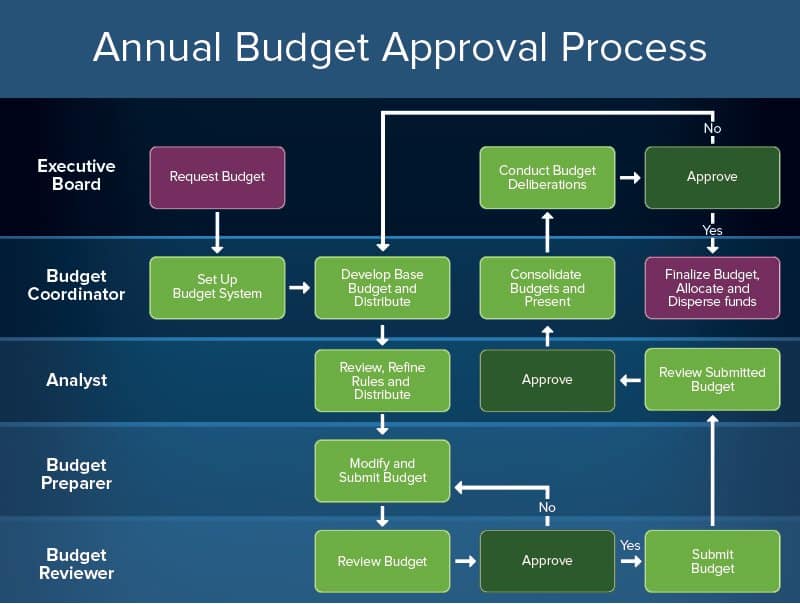

As a result, it enhances organizational control and allows the accumulation of expenditure data at each functional level. This method budgets by organizational unit and object and is consistent with the lines of authority and responsibility in organizational units. It is a familiar approach to those involved in the budget development process. It offers simplicity and ease of preparation. The line-item budget approach has several advantages that account for its wide use. One important aspect of line-item budgeting is that it offers flexibility in the amount of control established over the use of resources, depending on the level of expenditure detail (e.g., fund, function, object) incorporated into the document. It is referred to as the "historical" approach because administrators and chief executives often base their expenditure requests on historical expenditure and revenue data. Line-item budgeting is still the most widely used approach in many organizations, including schools, because of its simplicity and its control orientation.

Each of the six basic approaches has relative advantages and limitations. Although the underlying preparation process is distinct in each approach, the formats of the prepared budgets may be quite similar for example, the format of a site-based budget may be quite similar to the format of a line-item budget. In addition, many governmental organizations use a variety of hybridized versions to address their specific needs.

Various budgeting models continue to be commonly used and fall predominantly into the following categories: (1) line-item, or "traditional," budgeting (2) performance budgeting (3) program and planning ("program") budgeting (4) zero-based budgeting (ZBB) (5) site-based budgeting and (6) outcome-focused budgeting. For more information on budgetary approaches, the National Advisory Council on State and Local Budgeting provides additional guidelines. The development of more advanced budget philosophies reflects growth in both the scope and complexity of governmental operations and the simultaneous need for systems that are capable of translating the variety of policy decisions into financial plans. Over the past 30 years, governmental organizations in the United States have used a variety of budgetary approaches and formats. Appendix E-Criteria for Distinguishing Equipment From Supply ItemsĬhapter 3: Budgeting - Budgetary Approaches.Appendix D-Illustrative Financial Statements for an Independent School District.
#BUDGET PLANNING SYSTEM CODE#



 0 kommentar(er)
0 kommentar(er)
